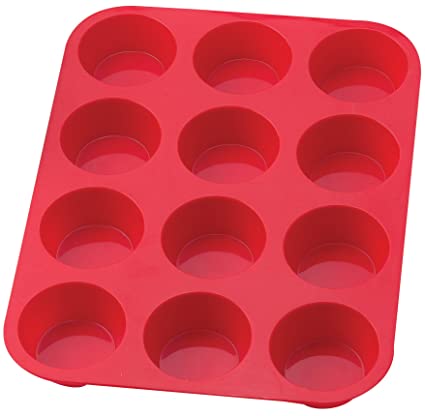I like the concept! Occam's Razor--the simplest solution is usually the best.
You wouldn't even need the hinge part. Just make a cup-like enclosure out of something neutral and sanitizable, like the silicone you mentioned or some other smooth plastic. You'd have to trim curves into the edges of the cup a bit to get it to conform to the curvature of the inside of the fermenter. It wouldn't necessarily need to seal up against the side, just limit the gap such that it doesn't allow hops to fall through prematurely. The cup enclosure would have some kind of flange or two tabs on opposing sides that can allow the enclosure to be held against the wall using magnets. Very much like your sketch above, just no hinge component. Stir bar magnets on the inside, rare earth magnets on the outside. Sanitize, fill with hops and attach. When it's time to dry-hop, remove the rare earth magnets and let the whole thing--cup, stir bars and hops--drop into the beer.
The only reason I put the hinge on there--and maybe there's another way--is that it would just be my luck that the cup would end up floating on the beer with hops still sitting in it.












































![Craft A Brew - Safale BE-256 Yeast - Fermentis - Belgian Ale Dry Yeast - For Belgian & Strong Ales - Ingredients for Home Brewing - Beer Making Supplies - [3 Pack]](https://m.media-amazon.com/images/I/51bcKEwQmWL._SL500_.jpg)


















